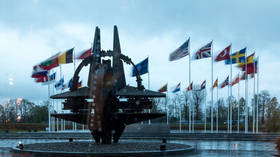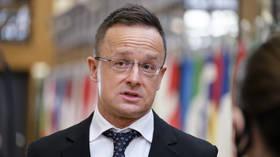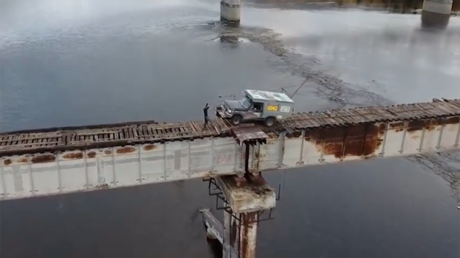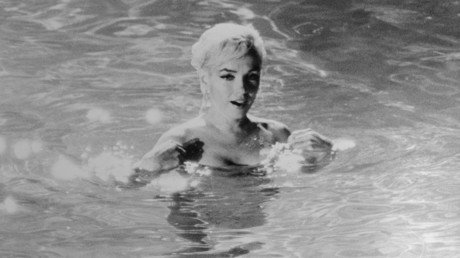Top secret: Declassified files tell dramatic story of how first Soviet atomic bomb was made (PHOTOS)
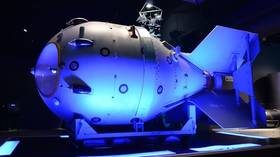
After the US nuked Hiroshima and Nagasaki in August 1945, the USSR needed to develop its own A-bomb fast to keep parity. The declassified papers provide a glimpse into how the elaborate task was achieved just four years later.
First Soviet first atomic bomb, RDS-1 or Pervaya Molniya (First Lightning), was successfully tested on August 29, 1949 at a range in the town of Semipalatinsk in the Soviet Republic of Kazakhstan. The files, published by Russia’s nuclear agency, Rosatom, contained the photos of the menacing weapon while it was still a work in progress.
The ambitious project became a real race against time for the Soviet nuclear scientists, who not only had to meet the strict deadline from Joseph Stalin’s government, but do the job in the conditions of absolute secrecy.
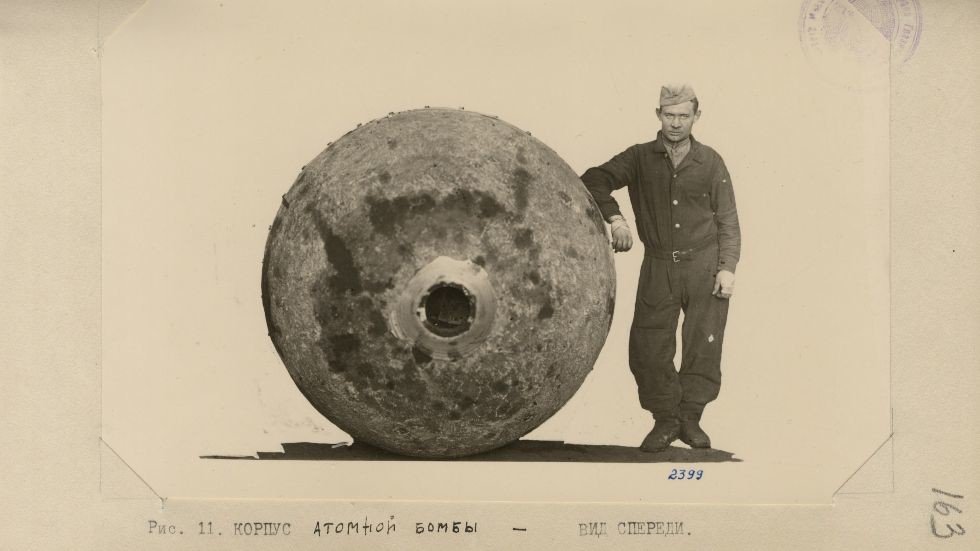
Even the state order to develop the first Soviet atomic bomb from June 1946, which was among the papers published by Russia’s nuclear agency, Rosatom, was a sort of a cypher.
The three-page typewritten document instructed the director of Construction Bureau No. 11 (CB-11), Pavel Zernov, to create “jet engine C (RDS)” in two versions “with the use of heavy fuel (C-1) and light fuel (C-2)” under the supervision of Laboratory No.2 of the Soviet Academy of Sciences.
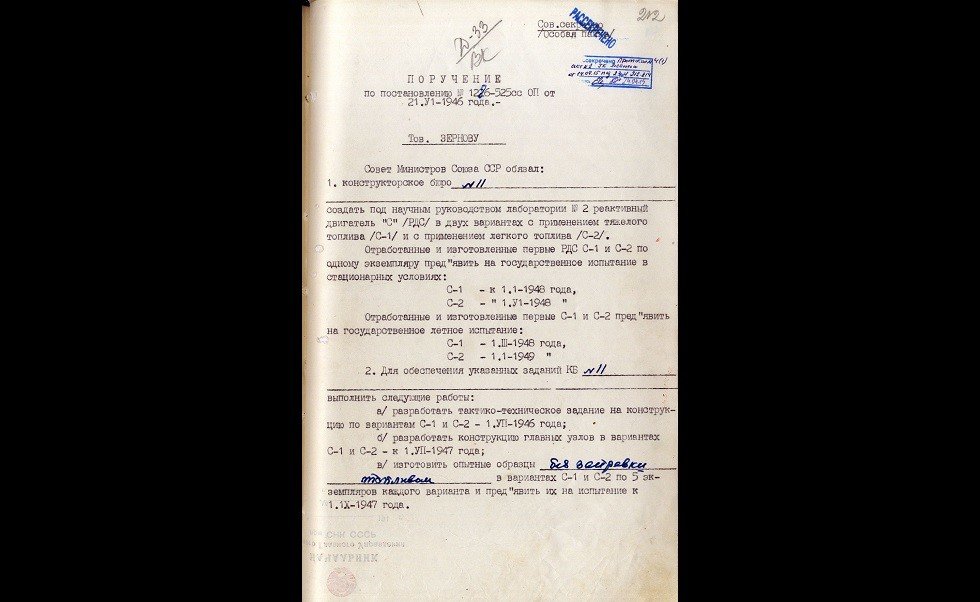
For the profane, it may seem that the paper had nothing to with a nuclear weapon at all, but “jet engine C” actually meant the nuclear bomb, with heavy fuel (C-1) and light fuel (C-2) representing weapon-grade plutonium and weapon-grade uranium, respectively.
The scientists, who were to report to the government every month on the progress done on the bomb, were only mentioned by the first letters of their names and surnames in the document. Those letters were added in by hand.
The rest of the 45 declassified files shed the light on various stages in the military nuclear program, which would become a real treasure for researchers, studying the Soviet period or the history of the atomic industry.
Also on rt.com US bombings on Hiroshima & Nagasaki were not to end WWII but to frighten Soviet UnionAmong those papers were also the schematics on how the planes with measuring, photo and video equipment should have been positioned in the air to gather maximum information about the RDS-1 test in 1946.

Think your friends would be interested? Share this story!



